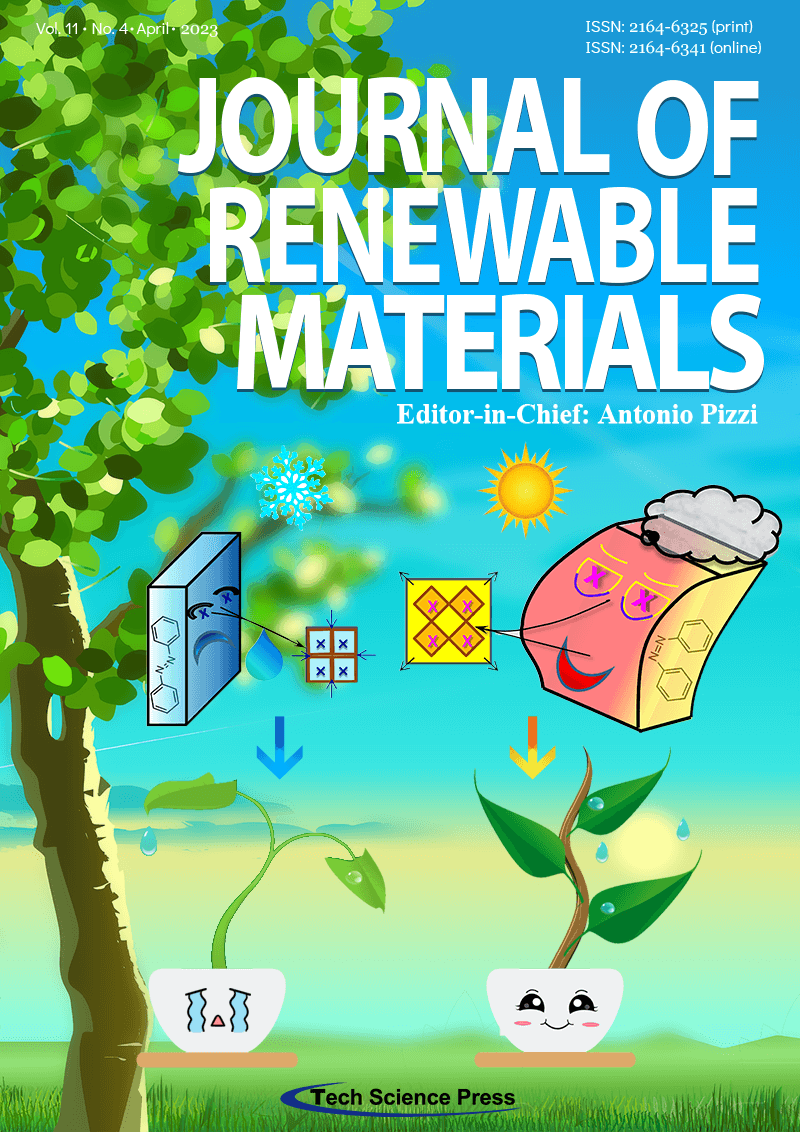
Inspired by natural processes, thermomechanical systems are able to convert thermal energy to mechanical work or to store it in the form of deformation. The review discusses operational principles of thermomechanical energy converters, basic devices, and materials that are fed by thermal energy. In addition to conventional macroscopic engines, based on thermoacoustic, thermomagnetic, thermoelastic, hydride heat converters, and shape memory alloys, the emergent devices are described, which are classified as smart actuators, breathing frameworks, thermoacoustic micro-transducers, nanomechanical resonators, plasmomechanical systems, and optothermal walkers.
View this paper